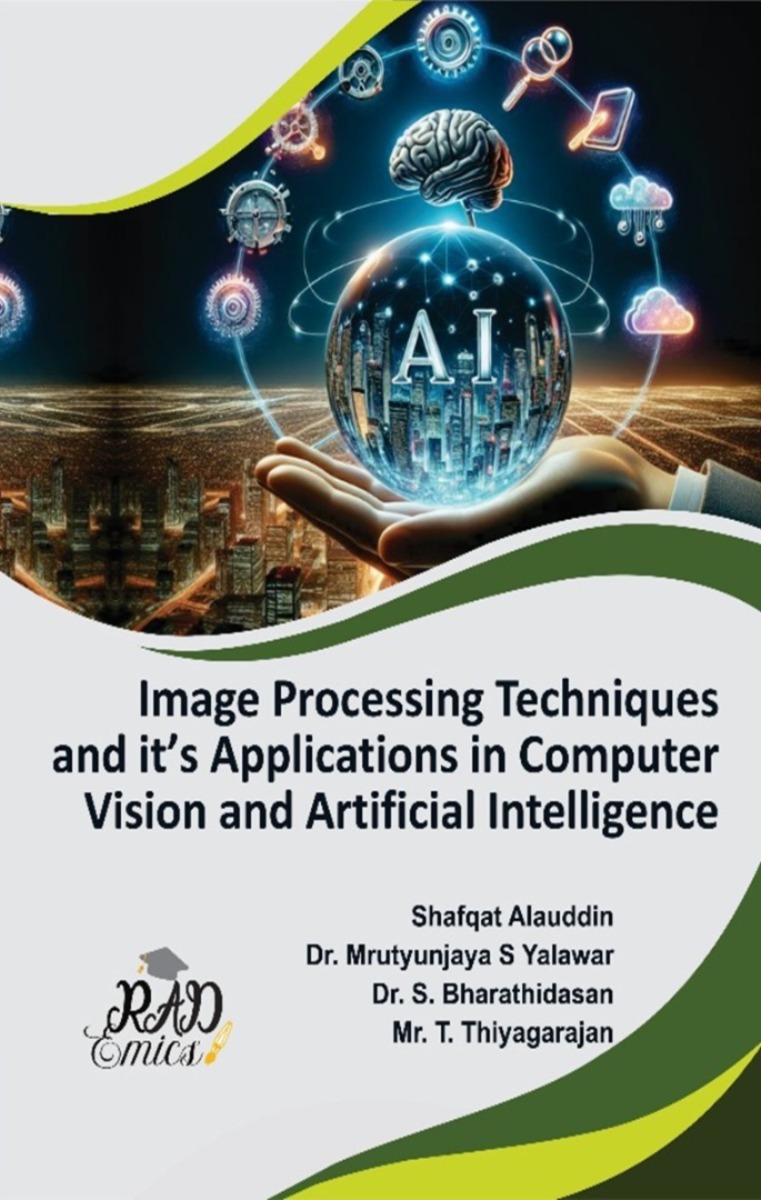
Peer Reviewed Chapter
Chapter Name : Morphological Image Processing Techniques for Shape Analysis Object Recognition and Image Reconstruction
Author Name : Amit Karbhari Mogal, D.Viji
Copyright: © 2024 | Pages: 29
DOI: 10.71443/9788197933660-04
Received: 18/06/2024 Accepted: 18/08/2024 Published: 30/10/2024
Abstract
Morphological image processing represents a vital framework for analyzing and interpreting visual data, significantly enhancing capabilities in various applications, particularly in robotics and automation. This chapter provides an in-depth examination of morphological techniques, focusing on fundamental operations, structuring elements, and advanced methodologies such as regional morphology. Key applications in object detection and recognition are explored, highlighting how these techniques facilitate enhanced feature extraction and improved accuracy in dynamic environments. The chapter also addresses challenges associated with implementing morphological methods, including noise interference and variations in object characteristics, while suggesting future directions for research in adaptive techniques. By emphasizing the interplay between structural analysis and image processing, this chapter aims to contribute to the ongoing development of robust image analysis tools essential for modern technological applications.
Introduction
Morphological image processing has emerged as a powerful tool in the realm of image analysis, providing methods to extract meaningful information from visual data by leveraging the shape and structure of objects within an image [1,2]. Rooted in mathematical morphology, this approach utilizes a set of operations that examine the geometric properties of images, allowing for the effective manipulation of shapes and structures [3,4]. As digital imaging technologies continue to evolve, the need for advanced techniques capable of accurately interpreting complex visual data becomes increasingly critical [5]. Morphological methods offer a robust framework for addressing these challenges, facilitating applications across various domains, including robotics, medical imaging, and remote sensing [6].
The fundamental operations in morphological image processingâ€â€such as dilation, erosion, opening, and closingâ€â€are pivotal in enhancing image quality and extracting significant features [7,8,9,10]. These operations manipulate the spatial arrangement of pixels to highlight or suppress specific structures within an image [11]. By applying these techniques, researchers and practitioners can effectively isolate objects, remove noise, and refine boundaries, which was crucial for subsequent analysis and interpretation [12,13]. The choice of structuring elements plays a significant role in determining the outcome of these operations, as dictate the shape and size of the features being processed [14]. Understanding how to design and select appropriate structuring elements was essential for optimizing the effectiveness of morphological techniques [15,16].